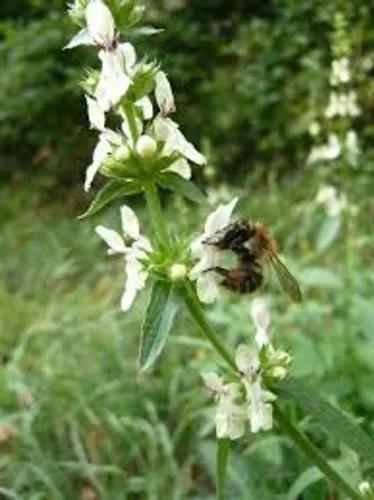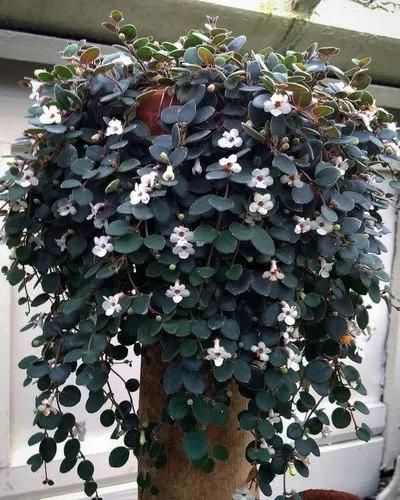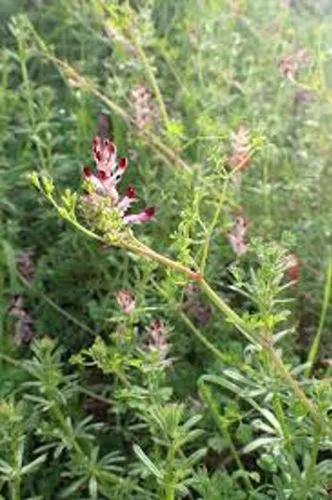Amaranth is a well-known plant with many varieties and hybrids, as it is an easy plant to cross. These plants can grow to be quite tall and will look their best when grown closely with other varieties.
Amaranth Care
Amaranthus



A tropical plant originating in Peru, India, and Africa, Amaranth has become a popular plant worldwide for its beautiful flowers. Amaranth is easy to identify with its large stalks and brightly colored flowers, ranging from reds, purples and white. They generally bloom during the summer, fall, and winter months. These plants can grow from 3-8 feet (.91-2.4 m) and display beautifully when in full bloom.
These plants are plentiful bloomers and can produce hundreds of seeds from one plant! Many native tribes in tropical locations depend on the Amaranth for its seeds and leaves for dietary purposes. They are related to Spinach and may be an alternative crop plant in the future.
How to Care for the Plant

Water

A weekly watering will do best for this plant but do not overwater it as it is susceptible to root rot.

Pruning

Amaranth does not need to be pruned but can be pruned to encourage more flower growth.

Fertilizer

Amaranth does not require fertilizing.

Sunlight

Amaranth loves to be in full or partial sunlight as tropical plant. In warmer climates, provide Amaranth with shade.

Soil

Choose a regular soil mixture that is not too rich in nutrients and drains well.

Propagation

This plant produces many seeds and can easily be grown from seeds or stem cuttings.

Temperature

These plants thrive at 70-80°F (21-27°C) and can handle lower temperatures but will grow slowly and sparsely. These plants will die over the winter, but as they give off plenty of seeds, they’ll pop up in next year’s growth.

Container

These plants will need a pot or space with plenty of drainages and air circulation.

Fun fact

Amaranth is edible and is consumed in many countries around the world! They are especially popular in Mexican culture and feature heavily in the Day of the Dead ceremonies.

Popularity

58 people already have this plant 23 people have added this plant to their wishlists
Discover more plants with the list below
Popular articles






